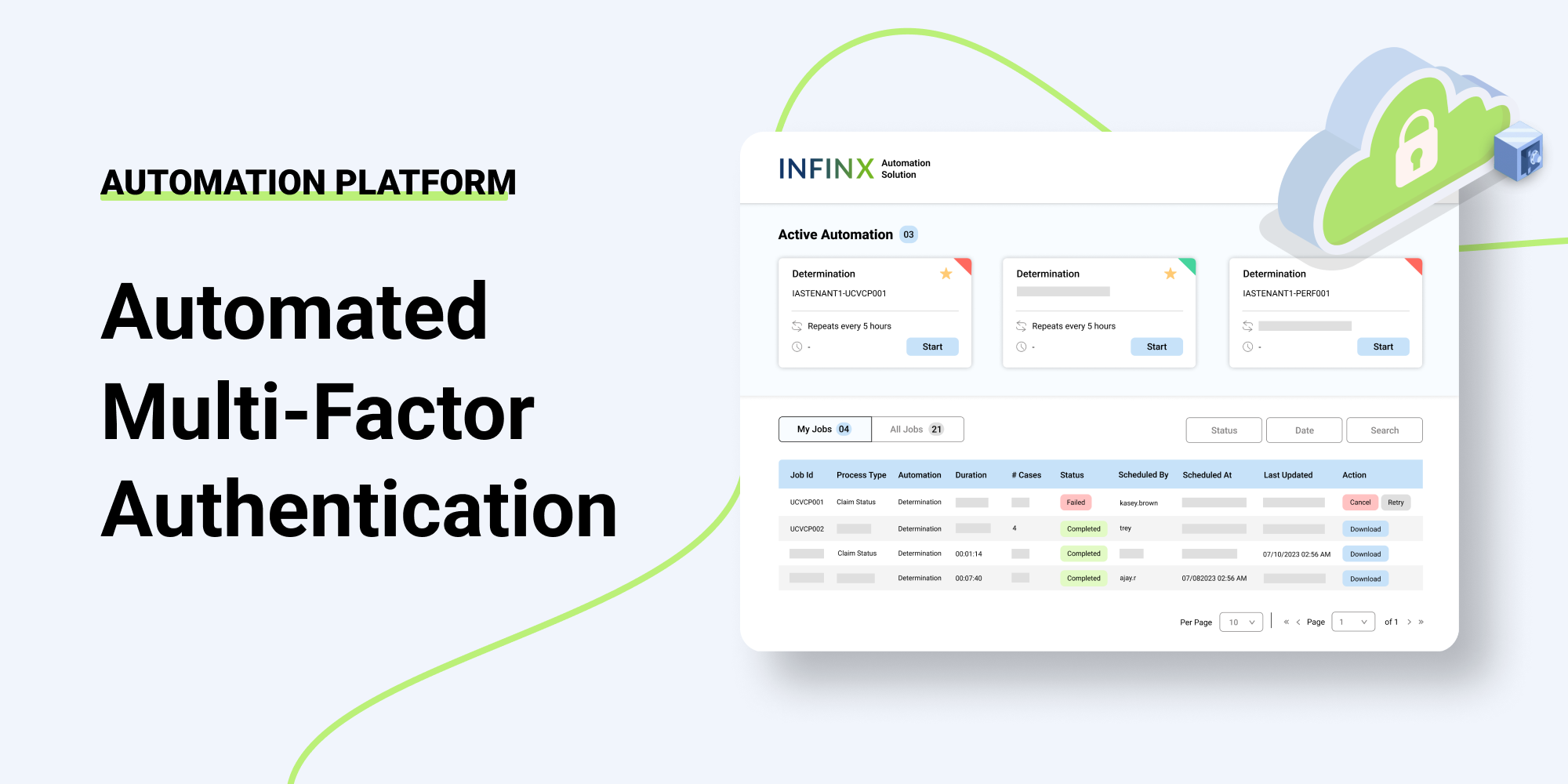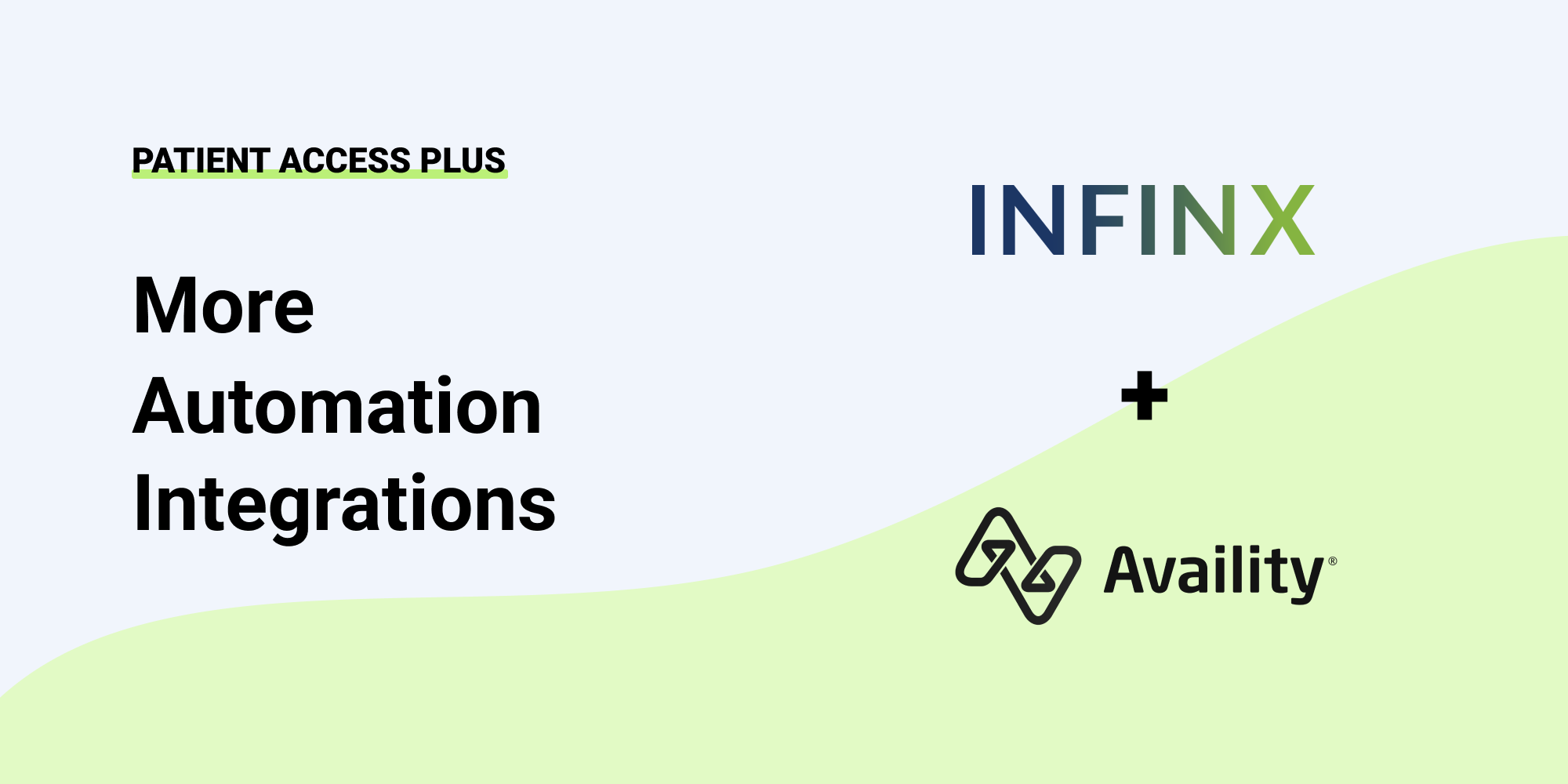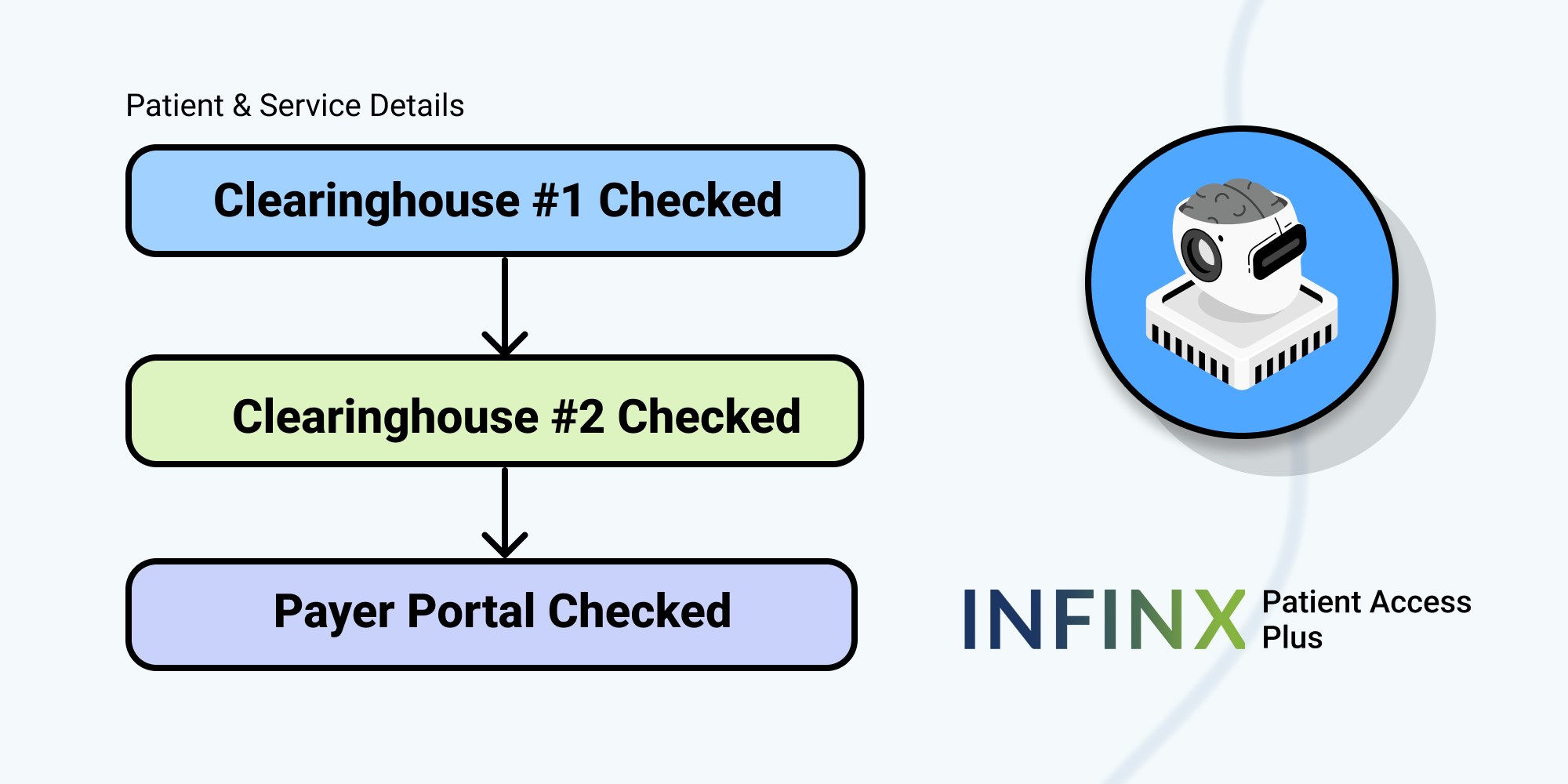If you wanted to drive to the convenience store to buy a gallon of milk, you would take the shortest, straightest route, right? But what if local regulations required that you drive three blocks north, two blocks west, three blocks southeast, and around the park before you could get to the store. It would be a ludicrous exercise. Yet, that is precisely the metaphorical situation faced by physicians every day as they try to get insurance eligibility verification for patient care. It is a complex, convoluted process that places increasingly onerous administrative burdens on physicians and soaks up valuable time with patients.
The situation is so onerous that professional medical associations have taken up the cause. Many have produced specialty-specific prior authorization toolkits for their members to reduce complexities and streamline workflow. In most cases, they provide a vital map to navigate the medical eligibility verification process and decode some of the complexities involved. We can’t review every specialty’s toolkit here, but we can give you an insightful overview of what they contain. Then you can seek out your medical association’s toolkit and put it to good use to protect your revenue.
The American Medical Association (AMA) toolkit
The AMA has provided an assortment of toolkits for administrative simplification. Because one patient can require multiple prior authorizations for treatment, medications and medical equipment and payments vary, the AMA has developed toolkits that address prior authorization, electronic transaction services, electronic payments, electronic remittance advice, electronic claims, workers compensation and auto injury. The AMA members-only portal has toolkits available for download.
The American College of Allergy, Asthma and Immunology (ACAAI) toolkit
This is a robust toolkit with information, resources, interactive tools and real-life comments from members. Together, these elements give physicians a common sense guide to completing medical eligibility verification. Here is an overview of the contents.
- “The 101” tips and tricks: The ACAAI recommends that physicians follow four basic guidelines when it comes to prior authorizations (PA).
- Institute policies and procedures to stay organized and ease prior authorization (PA), i.e., standing orders for commonly prescribed medications, dedicated staff members to track prior authorizations and electronic folders that keep health plan contact information in one place.
- One common sense comment from a member physician; “Why waste time doing a prior authorization for a specific brand of albuterol when you know they are all the same?”
- Use technology to your advantage; scan insurance cards, submit PAs electronically and keep forms in each patient’s EMR.
- Engage patients in the PA process. When it comes to medications, coach patients to call their benefits managers and insurance plans.
- Do some problem-solving before you respond to a prior authorization request or a rejection notice. Simple answers sometimes solve looming problems, for example, did the patient request a refill too soon or did the pharmacy enter the wrong code?
- Institute policies and procedures to stay organized and ease prior authorization (PA), i.e., standing orders for commonly prescribed medications, dedicated staff members to track prior authorizations and electronic folders that keep health plan contact information in one place.
- Interactive tools in this toolkit do a lot of work for the practice and save staff lots of time by providing templates like prior authorization letter generators for asthma and dermatitis.
- Resources include tips on simplifying prior authorization using electronic interfaces.
The American Academy of Dermatology (AAD) Advocacy Toolkit
The AAD says its prior authorization toolkit is designed to help members curb the soaring cost of insurance verification eligibility processes and curb delays in patient care. According to the AAD, “$2,161 to $3,430 is spent annually for each full-time equivalent physician completing PA requirements.” Unlike others, the toolkit is one-part guidelines on prior authorizations and nine-parts advocacy. While it does provide information and templates to streamline insurance eligibility verification, the wealth of materials are designed to educate staff and patients on drug pricing, formularies, how to control drug costs and advocate for changes. The toolkit includes the following elements:
- Overview of Prior Authorization Member Survey
- Prior authorization tips and tricks
- Informational sheet to help patients reduce drug costs
- Key terms/concepts to introduce staff and patients to issues including deductibles and terms like formulary
- Overview of drug pricing for staff and patients
- A “troubleshooting card” for patients with information on how to address high price tags at the pharmacy
- A template to help physicians request step therapy overrides
- Step therapy legislation by state
- Documents for patients to fill out regarding their experience with step therapy and submit to the AAD
- A model bill that physicians can push to their state legislature
Health plans may provide toolkits
Some health plans provide toolkits to detail their medical eligibility verification processes. When done well, they include important guidance on billing, prior authorization mandates, the benefits of electronic funds transfer and electronic remittance advice. A good example of a health plan toolkit is the one produced by Superior Health Plan in Austin, Texas for it’s Medicare Advantage Plan. The toolkit includes one-page information and advice on the following:
- Simplify office administrative tasks
- How to obtain prior authorization
- Procedures requiring prior authorization
- Get paid faster
- Secure provider portal
When professional association toolkits suggest “get organized,” seeking a toolkit from each health plan is probably a good first step. If available, they can provide valuable details that will save time, money and wasted steps for physicians and staff.
As we reported earlier in our series on prior authorization, 86% of physicians say mandated prior authorizations for treatment and medications is increasing exponentially. No one expects them to reduce in number or complexity anytime soon. Toolkits can take some of the work off your desk by providing guidelines, prepared materials and forms. When your medical association does some of the footwork for you, it may help to ease the pain of insurance eligibility verification.



